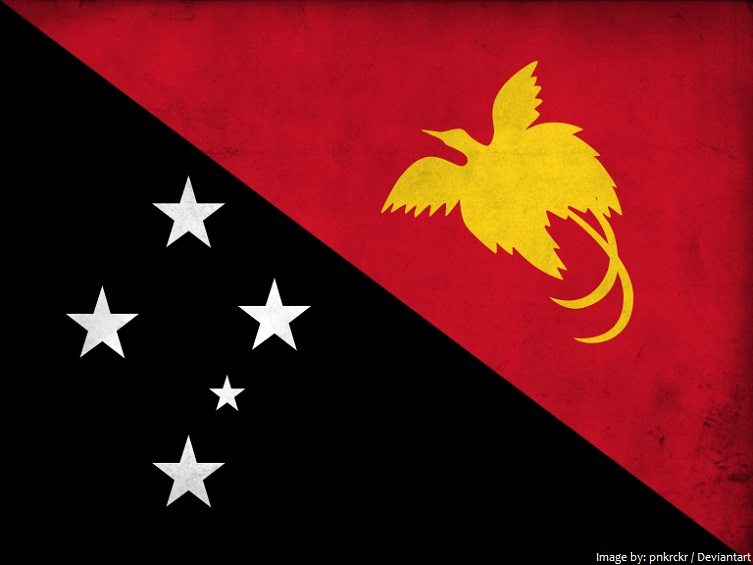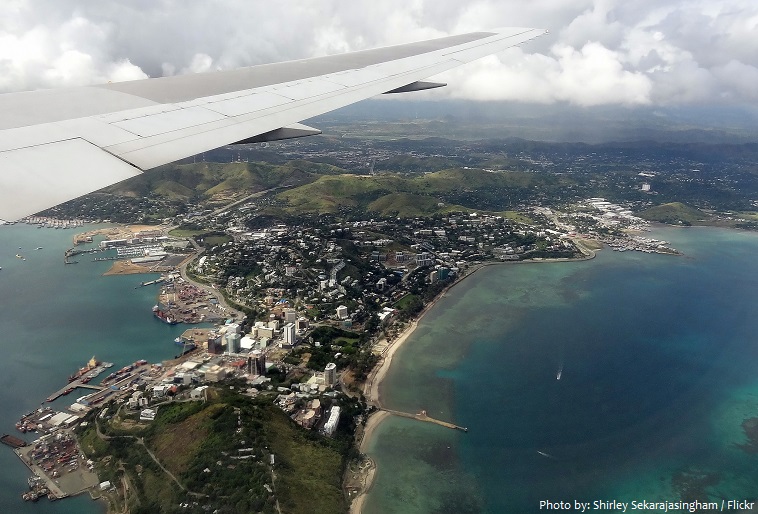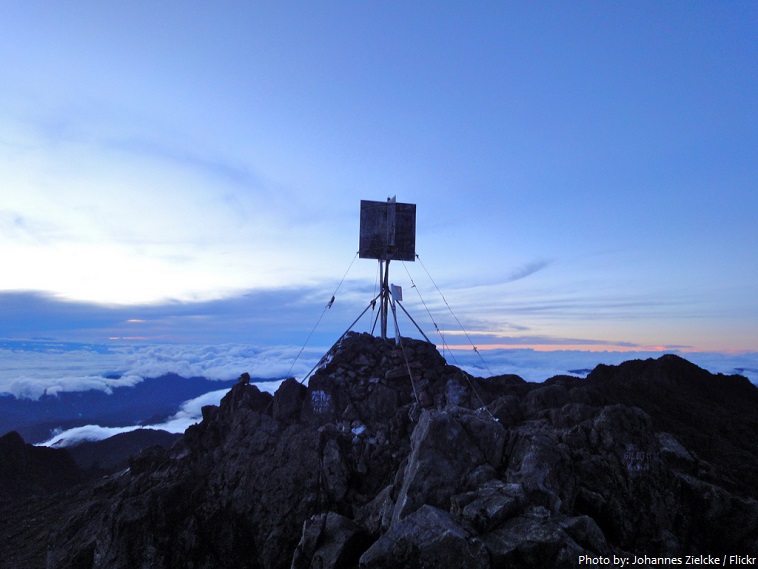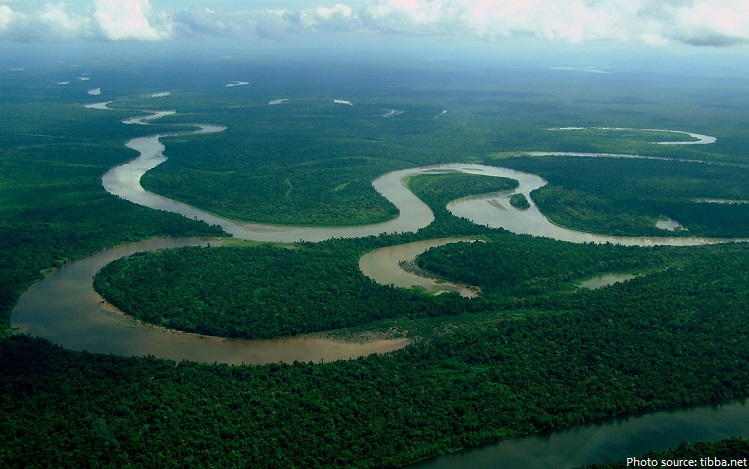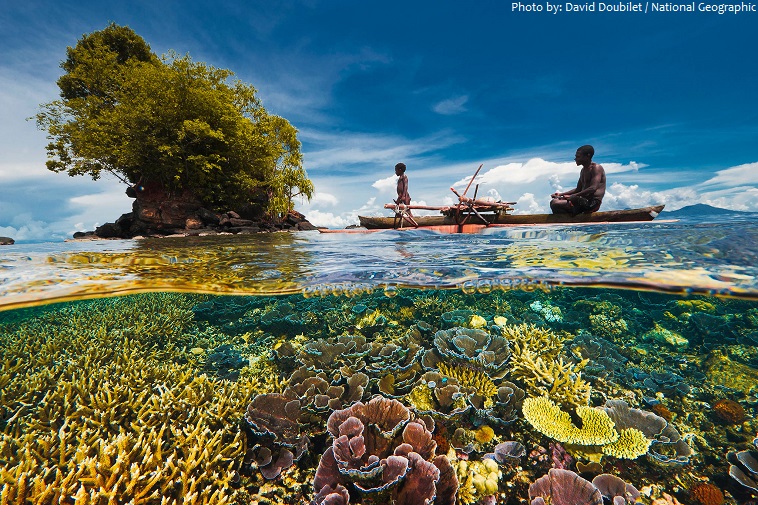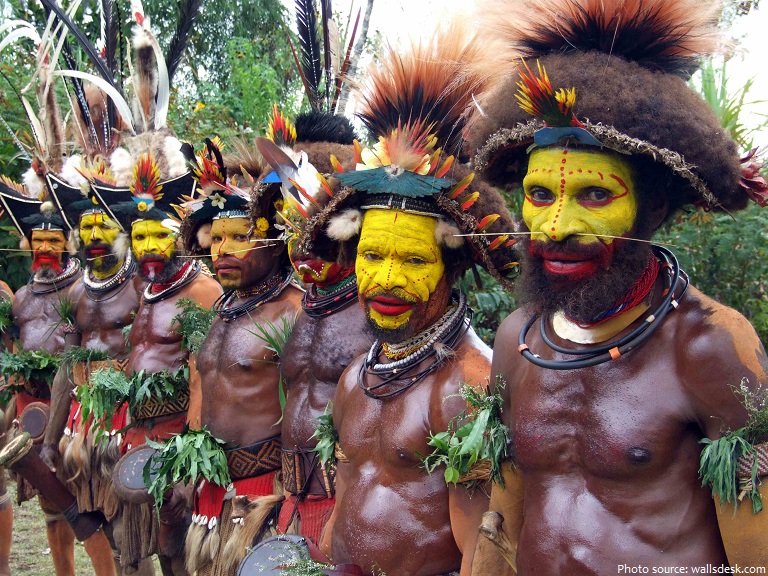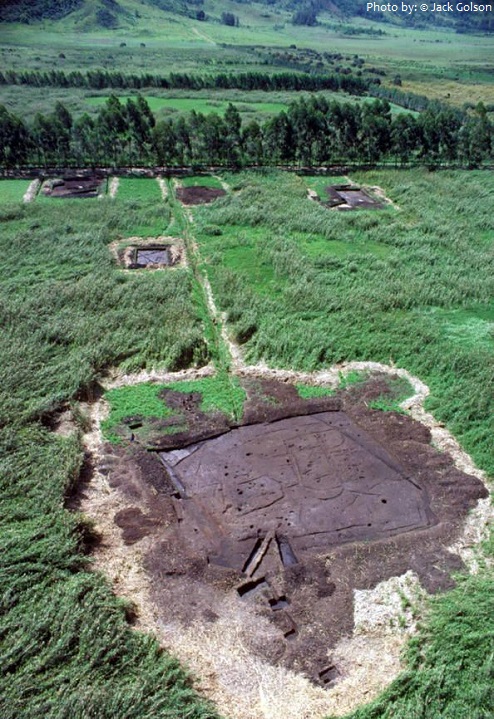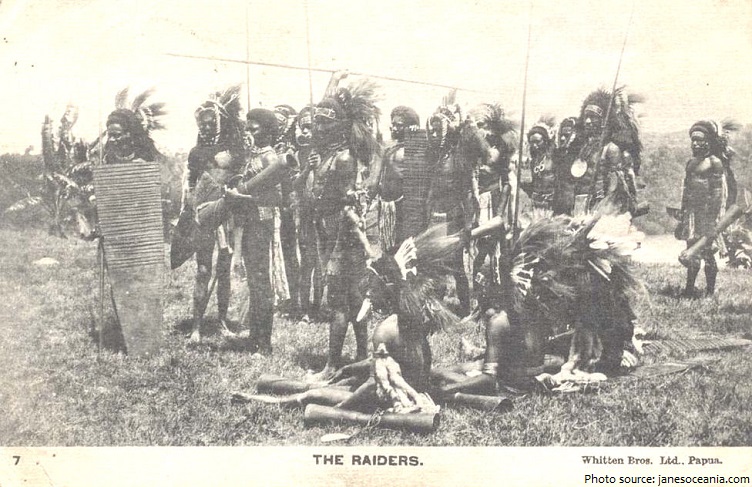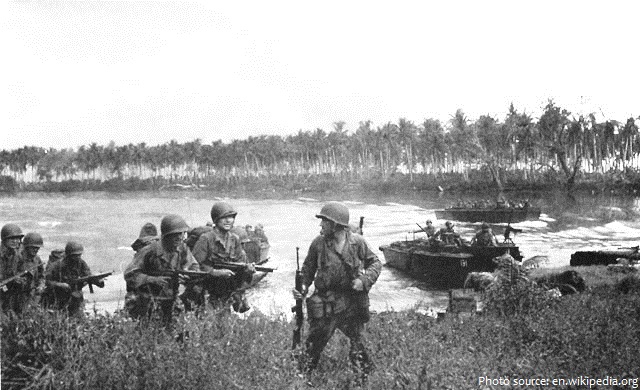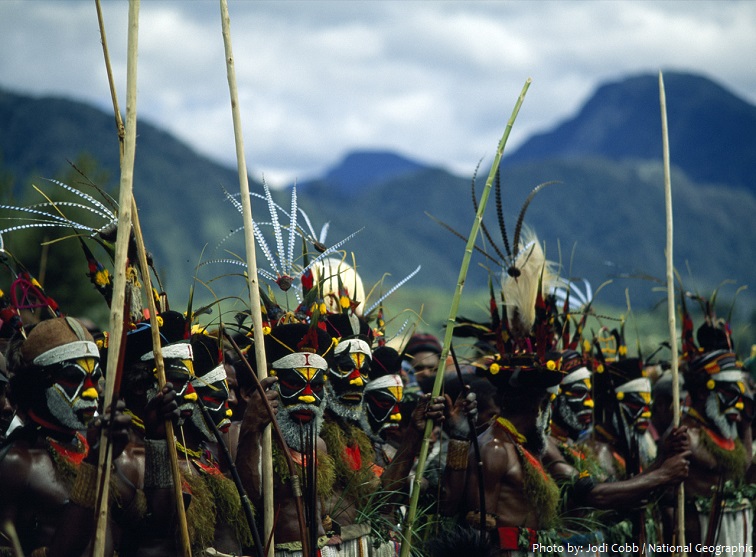Papua New Guinea is an island country located in the southwestern Pacific Ocean.
The official name of the country is the Independent State of Papua New Guinea.
Papua New Guinea occupies the eastern half of the island of New Guinea the second largest island in the world. As well as the mainland, PNG also encompasses over 600 small islands and archipelagos.
Its mainland is bordered by Indonesia. Papua New Guinea shares maritime borders with Australia, the Federated States of Micronesia, the Solomon Islands, and New Caledonia (France).
Papua New Guinea has 3 official languages: English, Hiri Motu, and Tok Pisin.
As of 1 January 2017, the population of Papua New Guinea was estimated to be 7,866,753 people.
It is the 54th largest country in the world in terms of land area with 462,840 square kilometers (178,700 square miles).
Port Moresby, also referred to as Pom City or simply Moresby, is the capital and largest city of Papua New Guinea. It is located on the shores of the Gulf of Papua, on the south-eastern coast of the Papuan Peninsula of the island of New Guinea. The city emerged as a trade center in the second half of the 19th century.
The terrain of Papua New Guinea is mostly mountains with coastal lowlands and rolling foothills.
The New Guinea Highlands runs the length of New Guinea, and the highest areas receive snowfall – a rarity in the tropics.
Mount Wilhelm is the highest mountain in Papua New Guinea at 4,509 meters (14,793 feet) above sea level.
Tropical rainforest covers as much as 77% of Papua New Guinea. These forests are a wealth of biodiversity.
Papua New Guinea has an estimated 11,000 plant species, 250 mammal species, and 700 bird species.
There are several major rivers, notably the Sepik River [photo below], which is 1,126 km (699 mi) long, which winds through lowland swamp plains to the north coast, and the Fly River at 1,050 km (652 mi) in length, which flows through one of the largest swamplands in the world to the south coast.
Papua New Guinea has several volcanoes, as it is situated along the Ring of Fire. Volcanic eruptions are not rare, and the area is prone to earthquakes and tsunamis because of this.
Papua New Guinea has 5,150 kilometers (3,200 miles) of coastline.
Papua New Guinea is surrounded by coral reefs which are under close watch, in the interests of preservation.
In the lowland areas temperatures are high all year round, typically reaching around 32º C (90º F). In the highland regions temperatures are much cooler, typically 22º C to 25º C (72º F to 75º F).
Papua New Guinea is one of the most culturally diverse countries in the world with over 800 languages and over a 1,000 distinct ethnic groups.
Most of the country’s population live in rural communities and are faced with significant challenges in health, education and economic opportunity.
The Kuk Early Agricultural Site consists of 116 hectares (287 acres) of swamps in the western highlands of New Guinea 1,500 meters (4,920 feet) above sea-level. Archaeological excavation has revealed the landscape to be one of wetland reclamation worked almost continuously for 7,000, and possibly for 10,000 years. It contains well-preserved archaeological remains demonstrating the technological leap which transformed plant exploitation to agriculture around 6,500 years ago. It was recognized in 2008 as a World Heritage Site by UNESCO.
Archaeological evidence indicates that humans first arrived in Papua New Guinea around 42,000 to 45,000 years ago. They were descendants of migrants out of Africa, in one of the early waves of human migration.
A major migration of Austronesian-speaking peoples to coastal regions of New Guinea took place around 500 BC. This has been correlated with the introduction of pottery, pigs, and certain fishing techniques.
The first known Europeans to sight New Guinea were probably the Portuguese and Spanish navigators sailing in the South Pacific in the early part of the 16th century.
There was some limited exploration in the 19th century, and a few settlements made.
In 1884, Germany annexed the northern parts and Britain proclaimed a protectorate over the southern parts.
In 1906, Australia took over British New Guinea, renamed a year earlier as the Territory of Papua. The Australian army occupied German New Guinea in World War I and in 1920 Australia received from the League of Nations a mandate for the government of New Guinea, as it was then called.
During World War II, the New Guinea campaign (1942–1945) was one of the major military campaigns and conflicts between Japan and the Allies. Approximately 216,000 Japanese, Australian, and US servicemen died.
After World War II, it became a United Nations trusteeship, administered by Australia.
The nation established independence from Australia on 16 September 1975, becoming a Commonwealth Realm, continuing to share Elizabeth II as its head of state.
It maintains close ties with Australia, which continues as the largest aid donor to Papua New Guinea.
Papua New Guinea is richly endowed with natural resources, including mineral and renewable resources, such as forests, marine (including a large portion of the world’s major tuna stocks), and in some parts agriculture.
The country is one of the world’s least explored, culturally and geographically.
It is known to have numerous groups of uncontacted peoples, and researchers believe there are many undiscovered species of plants and animals in the interior.
Although by the late 20th century headhunting and cannibalism had been practically eradicated, in the past they were practised in many parts of the country as part of rituals related to warfare and taking in enemy spirits or powers.
In 1901, on Goaribari Island in the Gulf of Papua, missionary Harry Dauncey found 10,000 skulls in the island’s Long Houses, a demonstration of past practises. According to writer Marianna Torgovnick, “The most fully documented instances of cannibalism as a social institution come from New Guinea, where head-hunting and ritual cannibalism survived, in certain isolated areas, into the Fifties, Sixties, and Seventies, and still leave traces within certain social groups.”
In 1933, gold-prospectors lead expeditions into the highlands. Here they find more than a million people living in fertile mountain valleys, their way of life apparently unchanged since the Stone Age.
A male Raggiana bird of paradise is on the flag and stamps of Papua New Guinea. The bird is important in social and cultural activities, and its plumes are often used as ceremonial decoration.
The world’s largest butterfly is the Queen Alexandra’s Birdwing and is native to Papua New Guinea. It has a wingspan of 25 centimeters (9.8 inches).
